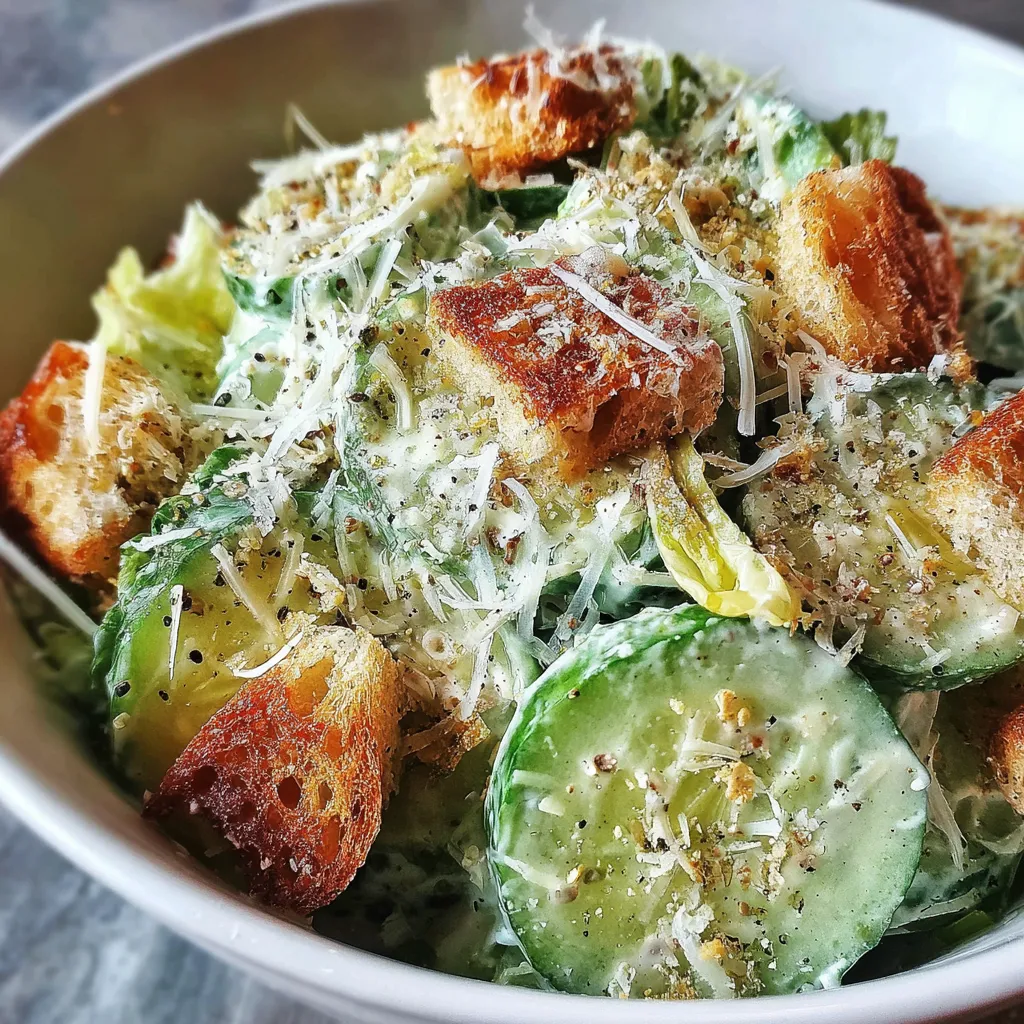Classic Bolognese

A rich, slow-simmered meat sauce made with aromatics, white wine, crushed tomatoes and milk—perfect for comforting dinners and weekend cooking.
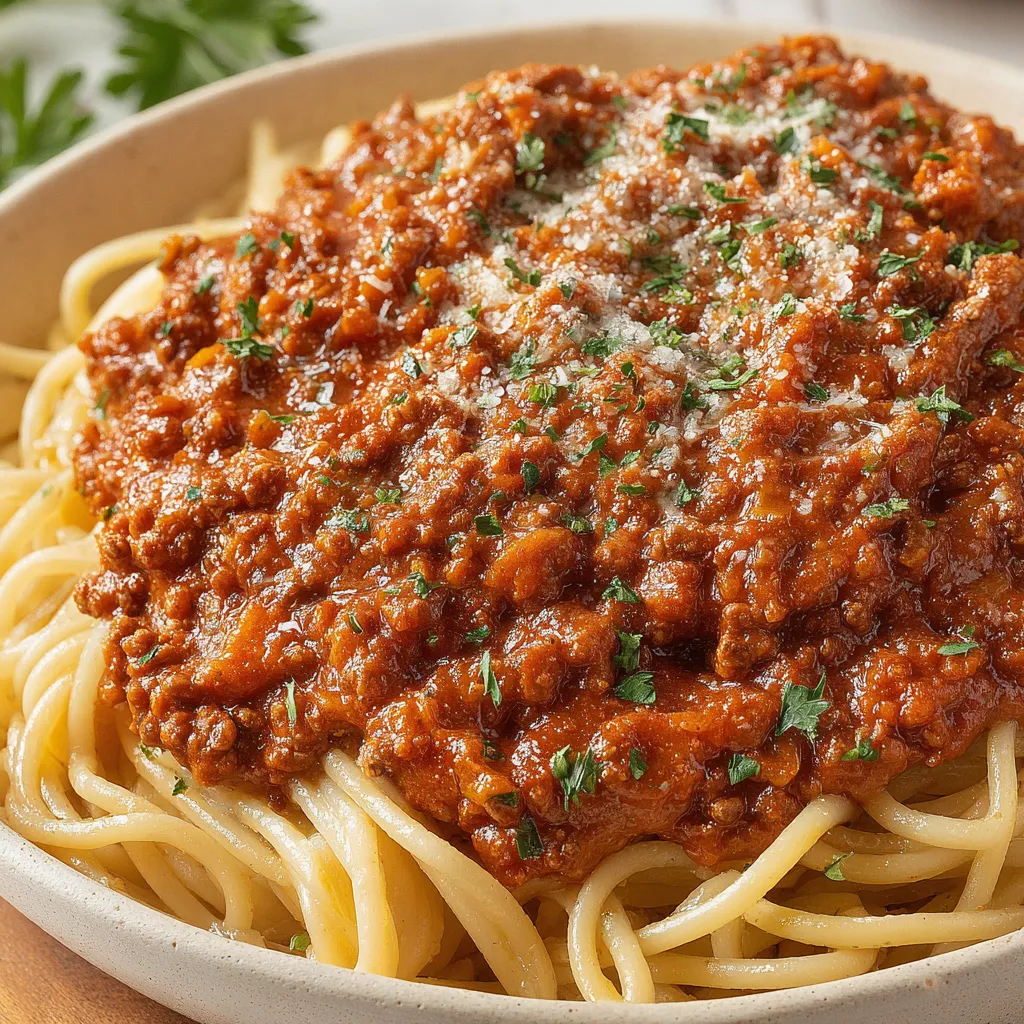
This Bolognese has been my go-to for chilly evenings and family gatherings for years. I first landed on this version during a Sunday spent experimenting with pantry staples and a bottle of Pinot Grigio; the slow reduction and the gentle addition of whole milk softened the tomatoes and created a sauce that sings with deep, layered flavor. It’s the kind of dish that fills the house with warmth and invites everyone to linger at the table. The texture is luxuriously thick but not heavy, with tender bits of ground beef, softened vegetables, and a tomato backbone that’s bright yet rounded.
I discovered early that patience is the secret here—letting the sauce sweat and then simmer slowly concentrates flavor in a way quick tomato sauces simply can’t match. The result is versatile: ladled over pasta, used as a base for lasagna, or spooned into polenta. Each spoonful carries savory depth, a touch of sweetness from carrots and onions, and a silky finish from the milk. It’s become a family ritual: whoever stirs the pot gets teased and loved, because this recipe rewards attention and time with unforgettable taste.
Why You'll Love This Recipe
- Deep, layered flavor developed through slow simmering—ready to enjoy in about 2½ to 3 hours with most of the time unattended.
- Uses pantry staples plus a splash of white wine to elevate the sauce without complicated steps—perfect for weekend cooking.
- Milk added to the sauce rounds acidity and yields a smooth, luxurious mouthfeel; no cream needed for richness.
- Make-ahead friendly: flavors marry even better after a day in the fridge and the sauce freezes beautifully for up to 3 months.
- Crowd-pleaser: hearty enough for a dinner party but simple enough for a family weeknight, and easy to stretch for leftovers.
I’ve watched picky eaters sneak seconds and adults ask for the recipe at potlucks. One memorable Sunday, I made a double batch and sent half home with my neighbor—she called the next day to say her teenage son had heated it straight from the fridge and declared it the best sauce he’d ever tasted. That’s the quiet magic of slow-cooked Bolognese.
Ingredients
- Olive oil: Use 2 tablespoons of extra-virgin olive oil for sautéing; it provides a fragrant base. Choose a mid-priced brand with peppery notes like Colavita or California Olive Ranch.
- Sweet yellow onion: 1/2 cup small-diced (about 1/2 medium onion), pieces ~1/4 inch; the onion adds sweetness and body—avoid very large pieces to keep texture even.
- Carrots: 1/2 cup small-diced (about 1 medium carrot), 1/4 inch pieces; carrots bring natural sweetness that balances the tomato acidity.
- Celery: 1/2 cup small-diced (about 2 stalks), 1/4 inch pieces; celery adds aromatic depth and a subtle savory backbone.
- Garlic: 1 tablespoon minced; fresh garlic is best—about 2-3 cloves depending on size—for a clean aromatic lift.
- Lean ground beef: 1 1/2 pounds (90% lean recommended) for richness without excess grease; you can blend with ground pork for greater depth.
- Salt and pepper: 1 teaspoon salt and 1/4 teaspoon black pepper to season in stages; adjust to taste at the end.
- Tomato paste: 4 tablespoons; browning the paste briefly intensifies tomato flavor and adds umami.
- Dry white wine (Pinot Grigio): 3/4 cup to deglaze and add bright acidity—choose a wine you’d enjoy drinking.
- Crushed tomatoes: 28-ounce can of crushed tomatoes provides the saucy body—fire-roasted or plain both work.
- Whole milk: 1 cup; the milk softens edges and gives a satin texture—do not substitute with plant milk if you need the same mouthfeel.
- Bay leaf: 1 dry bay leaf; remove before serving for a gentle herbal note.
- Garnish: Grated Parmesan cheese and chopped fresh parsley to finish and brighten each serving.
Instructions
Sauté the aromatics:Heat 2 tablespoons olive oil in a large stock pot over medium-high heat until shimmering. Add the onion, carrots, celery and garlic and cook for 3–4 minutes, stirring frequently, until the onions are translucent and the vegetables are tender but not browned. Do not rush this step; softening the vegetables releases sugars that form the flavor base.Brown the meat:Add 1 1/2 pounds lean ground beef to the pot with 1 teaspoon salt and 1/4 teaspoon black pepper. Break the meat into small pieces with a wooden spoon and cook 5–6 minutes until no pink remains. Aim for even browning rather than large clumps; small, caramelized bits give better texture and flavor.Add tomato paste and deglaze:Stir in 4 tablespoons tomato paste and cook 1–2 minutes, stirring until the paste darkens slightly. Pour in 3/4 cup dry white wine and use the spoon to scrape up any browned bits from the pot. Allow the wine to simmer until mostly evaporated—this concentrates flavor and removes raw alcohol.Combine tomatoes, milk and bay leaf:Stir in one 28-ounce can crushed tomatoes, 1 cup whole milk and 1 dry bay leaf, mixing thoroughly. The milk will temper the tomatoes and give a silky finish. Bring the pot to a gentle boil, then immediately reduce heat to low.Simmer slowly:Let the sauce simmer uncovered for 2–3 hours, stirring every 10–15 minutes to prevent sticking and encourage even reduction. You’re aiming for the sauce to reduce by about half and become thick and concentrated. Adjust heat as necessary to maintain a low simmer—too hot and it will burn; too cool and it won’t reduce properly.Finish and serve:Once thickened, turn off heat, remove and discard the bay leaf, and taste for seasoning—add more salt or pepper as needed. Serve over your favorite pasta, topped with grated Parmesan and chopped fresh parsley.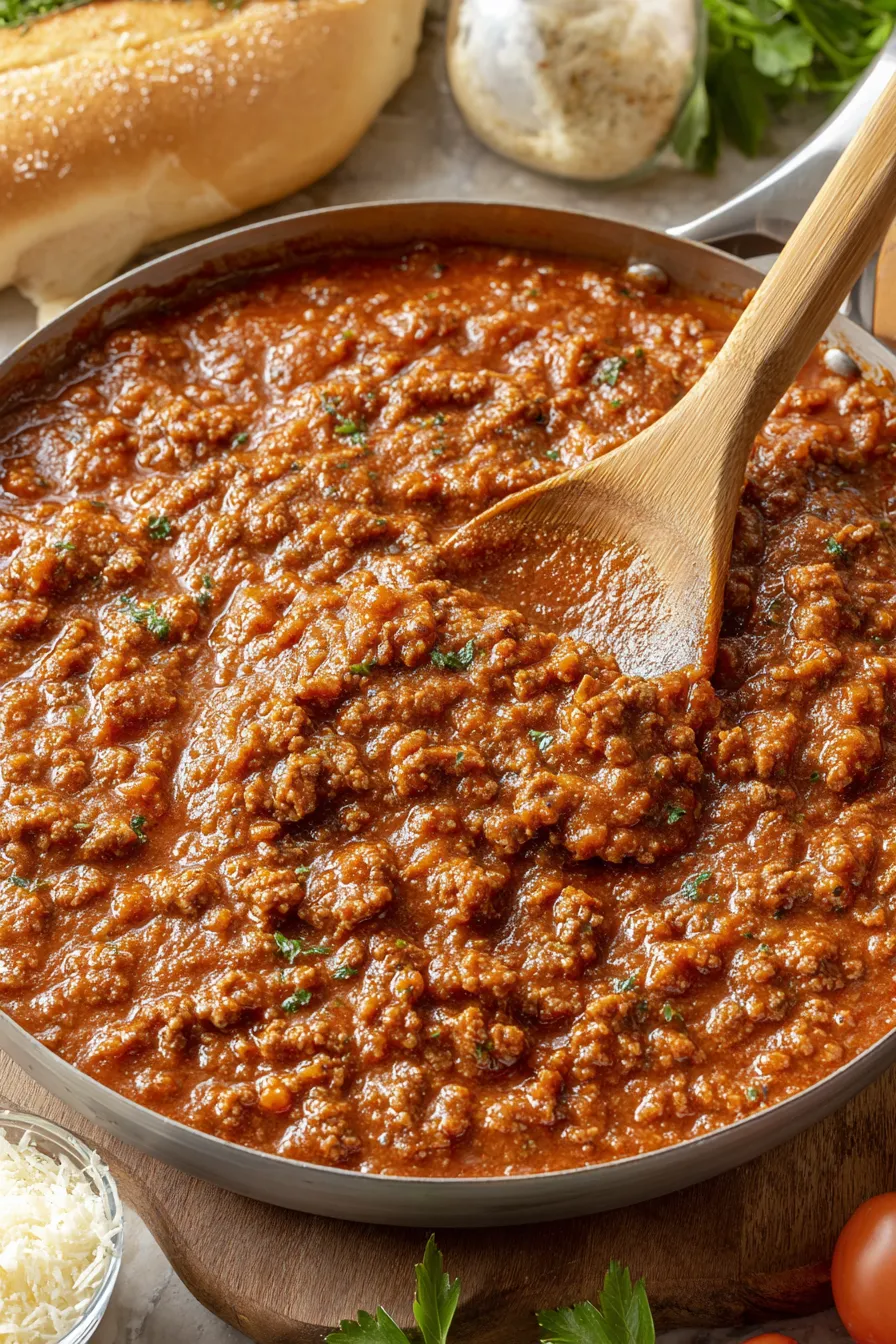
You Must Know
- This sauce is high in protein and satisfying—store-bought versions rarely achieve the same depth of flavor from slow reduction.
- Proper simmering is key: low heat for 2–3 hours yields the best texture; it also freezes well for up to 3 months in airtight containers.
- Use whole milk rather than skim to get a silky finish; cream is unnecessary and can make the sauce too heavy.
- If the sauce thickens too much, stir in a few tablespoons of hot water or reserved pasta cooking water to loosen without diluting flavor.
My favorite aspect is the ritual of stirring: the slow reduction changes the aroma and texture in front of your eyes, and every stir seems to pull the sauce closer to perfection. Serving it straight from the pot with a big bowl of pasta always brings the family to the table—sweet little moments where conversation slows and everyone enjoys comfort and warmth. I love that leftovers taste even better the next day.
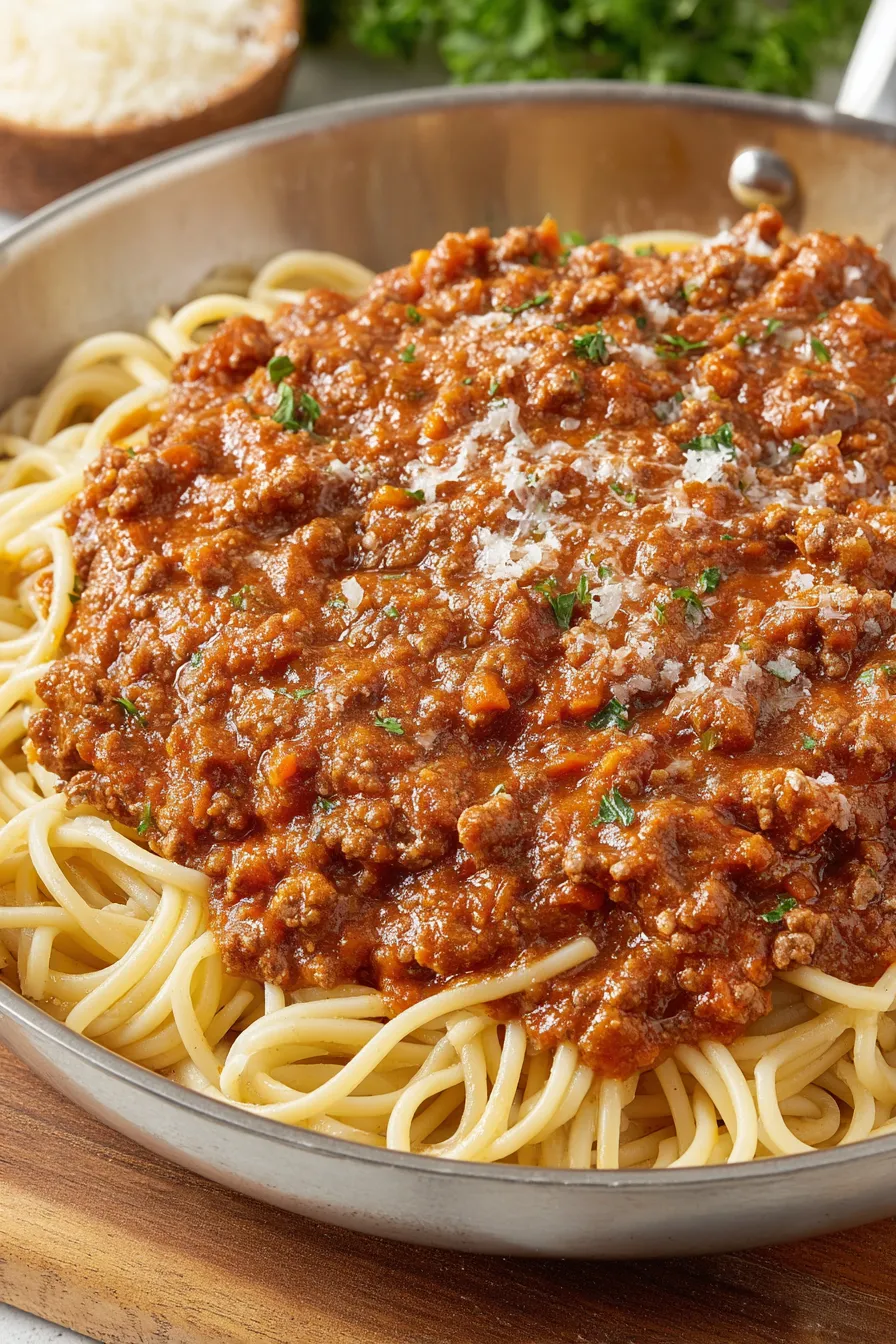
Storage Tips
Allow the sauce to cool to room temperature no more than two hours after cooking, then transfer to airtight containers. It will keep in the refrigerator for 3–4 days. For longer storage, freeze in portioned, freezer-safe containers for up to 3 months—label with date. To reheat, thaw overnight in the refrigerator and warm gently on the stovetop over low heat, stirring occasionally; add a splash of water or pasta cooking liquid if it seems too thick. For quick reheating from frozen, defrost in a microwave or simmer gently on low until warmed through.
Ingredient Substitutions
For more depth, replace 1/2 pound of the beef with ground pork or veal to approximate traditional blends. If you prefer red wine, substitute an equal amount of dry red such as Chianti for a more robust flavor. For a lighter version, use low-fat milk, though the texture will be slightly less silky. Omit the milk to make the sauce dairy-free and finish with a drizzle of extra-virgin olive oil before serving. If you need vegetarian, swap the meat for textured vegetable protein or lentils and increase the cooking time to allow flavors to meld.
Serving Suggestions
Serve over wide ribbon pasta like tagliatelle or pappardelle to catch the thick meat sauce; spooned over creamy polenta it becomes elegant comfort food. Garnish with freshly grated Parmesan and chopped parsley for brightness. Pair with a crisp green salad and crusty bread for sopping up any remaining sauce, and a glass of the same white wine used for cooking to tie the meal together.
Cultural Background
This style originates from Bologna in northern Italy, where slow-simmered meat sauces are a regional specialty. Classic preparations often include a soffritto of onion, carrot and celery, wine to deglaze, and a small amount of milk or cream to round the acidity. While many modern variations exist, the focus remains on time and technique—slow heat and patient stirring—to transform humble ingredients into a deeply flavorful sauce.
Seasonal Adaptations
In summer, stir in a handful of chopped fresh basil at the end for a bright finish. In fall, add roasted mushrooms for extra umami. For holiday gatherings, make a double batch ahead of time and reheat slowly on the day—this sauce scales well and lets you spend more time with guests. Small adjustments like swapping in fire-roasted tomatoes in winter can warm up the flavor profile.
Meal Prep Tips
Make the sauce on a weekend and portion into single-serving containers for quick weekday dinners. Freeze in flat resealable bags to stack in the freezer and thaw quickly in cool water. Cook pasta al dente and toss with a little oil before storing separately—combine with warmed sauce to finish. Label containers with the date and reheat gently to preserve texture and flavor.
Take a moment to savor the ritual: the chopping, the single-pot choreography, the slow simmer. Whether for a quiet family dinner or an intentional gathering, this sauce rewards patience and becomes part of the memories you’ll share around the table.
Pro Tips
Brown the meat in small batches if necessary to ensure caramelization and better flavor.
Stir the tomato paste until it darkens before adding wine to deepen the tomato flavor.
Simmer on low and stir frequently to prevent sticking; a heavy-bottom pot helps avoid scorching.
Finish with milk to temper acidity and create a silky texture—add it before the long simmer.
Make extra and freeze in portioned containers for quick weeknight meals.
This nourishing classic bolognese recipe is sure to be a staple in your kitchen. Enjoy every moist, high protein slice — it is perfect for breakfast or as a wholesome snack any time.
FAQs about Recipes
How long does the sauce keep?
Yes. Refrigerate in an airtight container for up to 4 days or freeze for up to 3 months.
What should I serve with the sauce?
Use wide pasta like tagliatelle or pappardelle, or spoon over polenta or zucchini noodles for a low-carb option.
Tags
Classic Bolognese
This Classic Bolognese recipe makes perfectly juicy, tender, and flavorful steak every time! Serve with potatoes and a side salad for an unforgettable dinner in under 30 minutes.

Ingredients
Sauce
Garnish
Instructions
Sauté the aromatics
Heat olive oil in a large stock pot over medium-high heat. Add diced onion, carrot, celery and minced garlic. Cook 3–4 minutes until the onion is translucent and the vegetables are softened, stirring frequently to prevent browning.
Brown the meat
Add lean ground beef with salt and pepper. Break into small pieces and cook 5–6 minutes until no pink remains and small browned bits form. Avoid overcrowding the pot to encourage even browning.
Add tomato paste and deglaze
Stir in tomato paste and cook 1–2 minutes until it darkens. Pour in white wine and scrape up browned bits. Simmer until the wine has mostly evaporated to concentrate flavor.
Combine tomatoes and milk
Add crushed tomatoes, whole milk and a bay leaf. Stir to combine and bring to a gentle boil before reducing heat to low.
Simmer slowly
Simmer uncovered on low for 2–3 hours, stirring every 10–15 minutes to avoid sticking and to encourage reduction. Aim to reduce by about half and achieve a thick, silky texture.
Finish and serve
Turn off heat, remove and discard bay leaf. Adjust seasoning with salt and pepper. Serve over pasta or polenta with grated Parmesan and chopped parsley.
Last Step: Please leave a rating and comment letting us know how you liked this recipe! This helps our business to thrive and continue providing free, high-quality recipes for you.
Nutrition
Did You Make This?
Leave a comment & rating below or tag
@royalmorsel on social media!

Categories:
You might also like...

Cheeseburger Queso Sliders
Juicy beef, sweet-charred peppers, and a silky queso drizzle turn these sliders into the ultimate crowd-pleasing bite for game day or weeknight fun.
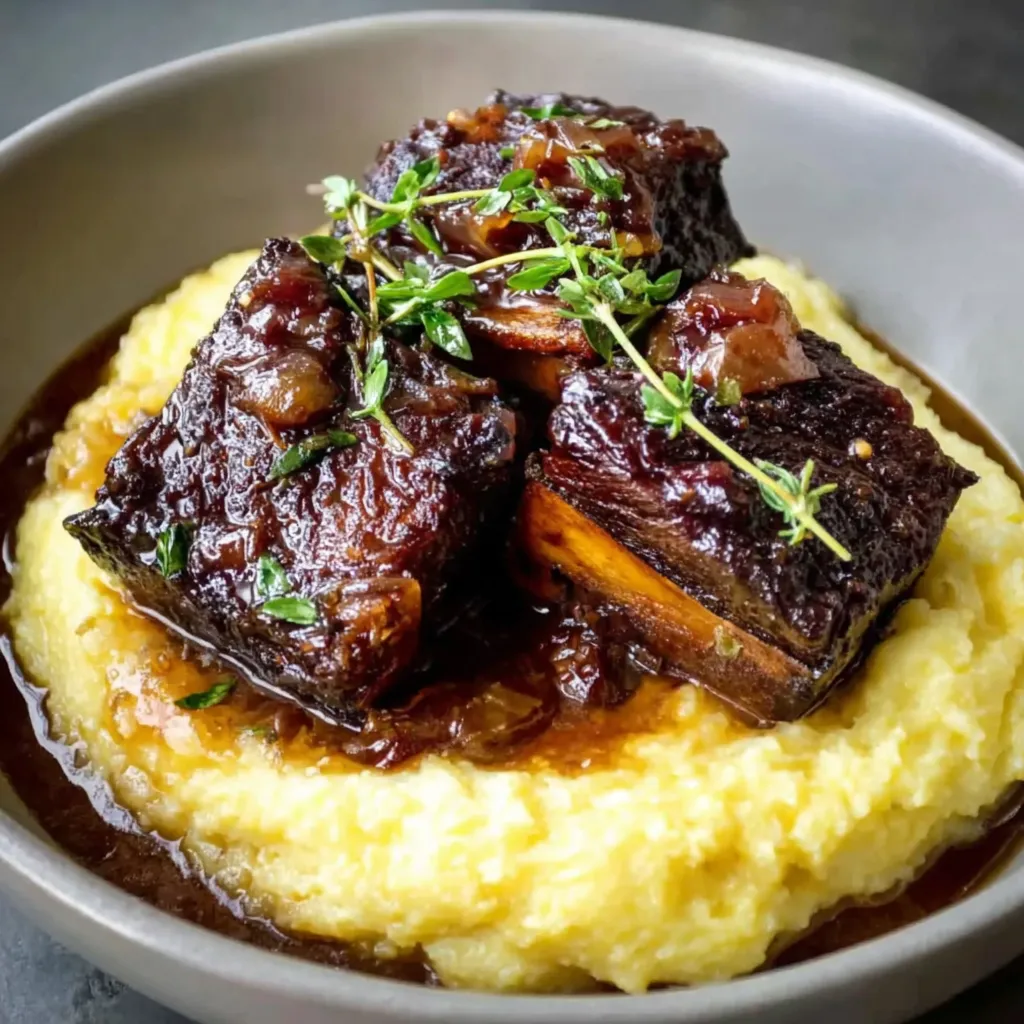
Short Ribs with Garlic Mash
Melt-in-your-mouth braised short ribs nestled over creamy garlic mashed potatoes, all in a rich, herb-scented sauce that feels like a warm hug.
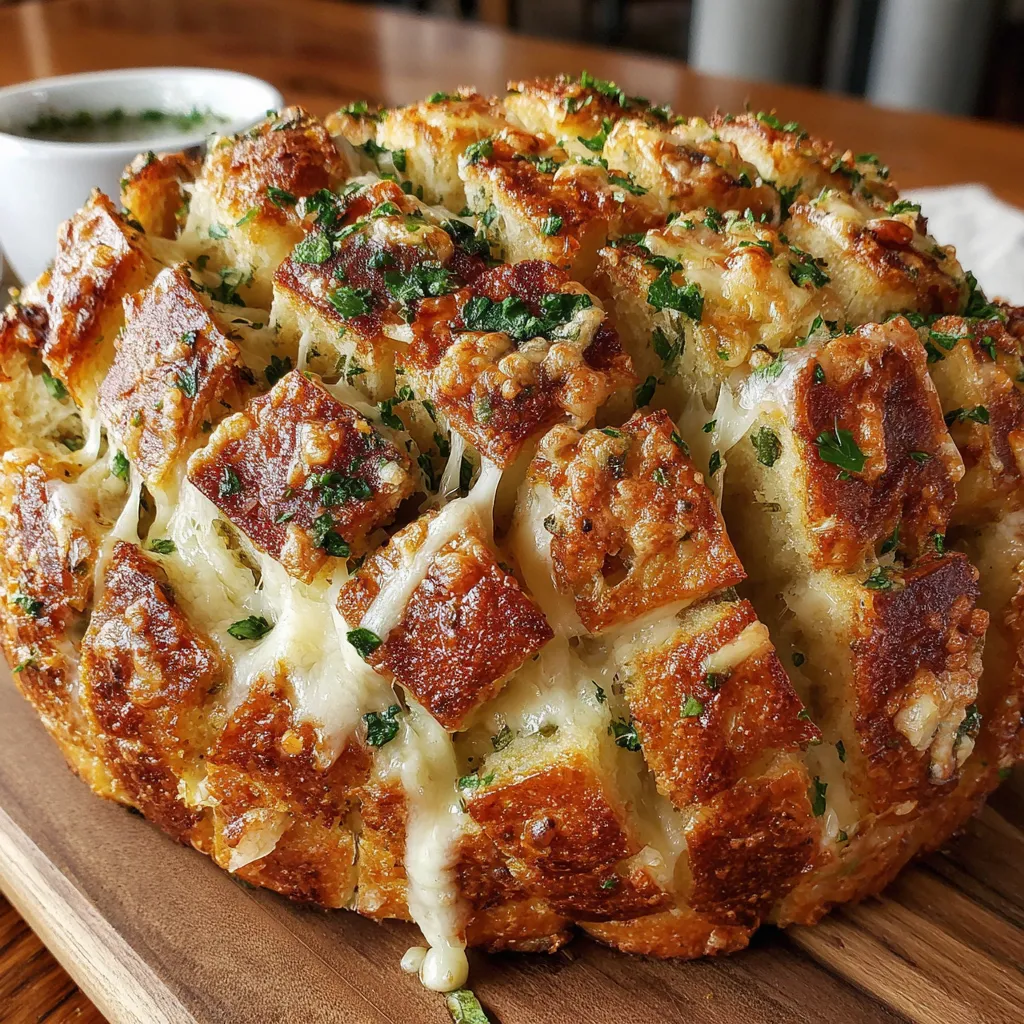
Cheesy Garlic Pull-Apart Bread
Golden, garlicky pull-apart loaf swaddled in buttery herbs and stretchy mozzarella that begs to be shared warm from the oven.

Did You Make This?
Leave a comment & rating below or tag @royalmorsel on social media!
Rate This Recipe
Share This Recipe
Enjoyed this recipe? Share it with friends and family, and don't forget to leave a review!
Comments (1)
This recipe looks amazing! Can't wait to try it.
Comments are stored locally in your browser. Server comments are displayed alongside your local comments.
Hi, I'm Emma!
What's Popular
30-Minute Meals!
Join to receive our email series which contains a round-up of some of our quick and easy family favorite recipes.

